An interesting on-line meeting about AI and Oral History
Date: 25 November 2024
Time: 14:25 –15:45
How: Online
We are pleased to welcome Maria Dermentzi (digital humanities consultant) and Hugo Scheithauer (Inria Paris ALMAnaCH) for this 'Voices Unbound?' seminar.
All welcome to join this online seminar. Please register to receive the joining details .
Background
This lecture will focus on the application of Automatic Speech Recognition (ASR) technology, specifically OpenAI's Whisper model, to transcribe oral testimonies from the Holocaust. We will discuss what makes ASR for oral Holocaust testimonies challenging and present examples of successes and failures. The lecture will also cover post-processing techniques for automatically generated transcripts, including Named Entity Recognition (NER). Participants will gain insights into how AI tools can support oral history research and why domain expertise is key to correcting and interpreting the results of these tools.
About the Speakers
Maria Dermentzi
Digital humanities consultant
Previously, she worked at King's College London, where she developed AI-powered tools for history research in the context of the European Holocaust Research Infrastructure. She holds an MSc in Digital Humanities from KU Leuven, an MA in Digital Culture and Society from King's College London, and a degree in Law from the Aristotle University of Thessaloniki. Hugo: PhD student in the Inria Paris ALMAnaCH project-team, Hugo Scheithauer works on document layout analysis, automatic text recognition, and information extraction for historical documents. He holds a dual MA in Art History from Columbia University and Sorbonne University, and an MA in Digital Humanities from the École nationale des chartes (National School of Charters), Paris
Hugo Scheithauer
PhD Researcher at Inria Paris ALMAnaCH
Hugo Scheithauer works on document layout analysis, automatic text recognition, and information extraction for historical documents. He holds a dual MA in Art History from Columbia University and Sorbonne University, and an MA in Digital Humanities from the École nationale des chartes (National School of Charters), Paris.
--------------------------------------------
Voices unbound? Exploring new and/or possible directions in digital and experimental oral history
A lecture series co-organised by TU Darmstadt, UCL Centre for Digital Humanities, Luxembourg Centre for Contemporary and Digital History (C²DH) and the Max-Planck-Institut für Wissenschaftsgeschichte.
The series is convened by Julianne Nyhan (TU Darmstadt), Andrew Flinn, Andreas Vlachidis, and Marco Humbel (UCL), Shih-Pei Chen (Max Planck Institute), and Gerben Zaagsma (C²DH), offering an important way of keeping up to date with the methodological and theoretical state of the art in digital oral history. We invited speakers to present work on recent technological developments that may hold promise for digital oral history. In this way, the seminar series appeals to (digital) oral historians, digital humanists and scholars of the history of information, memory and knowledge systems.
--------------------------------------------
Privacy notice for the UCLDH mailing list
Your personal data (email address, name) will be used by the list owner to manage your membership and send emails with relevant news and events. We will treat your information with respect. By subscribing, you agree that we may process your information in accordance with these terms.
----------------------------------------------------------------

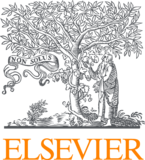 Sam O'Connor Russell, Iona Gessinger, Anna Krason, Gabriella Vigliocco, Naomi Harte,
Sam O'Connor Russell, Iona Gessinger, Anna Krason, Gabriella Vigliocco, Naomi Harte,  At the end of March, we got the first version of our paper back to the LREC-COLING workshop about Holocaust Testimonies as Language Resources (
At the end of March, we got the first version of our paper back to the LREC-COLING workshop about Holocaust Testimonies as Language Resources (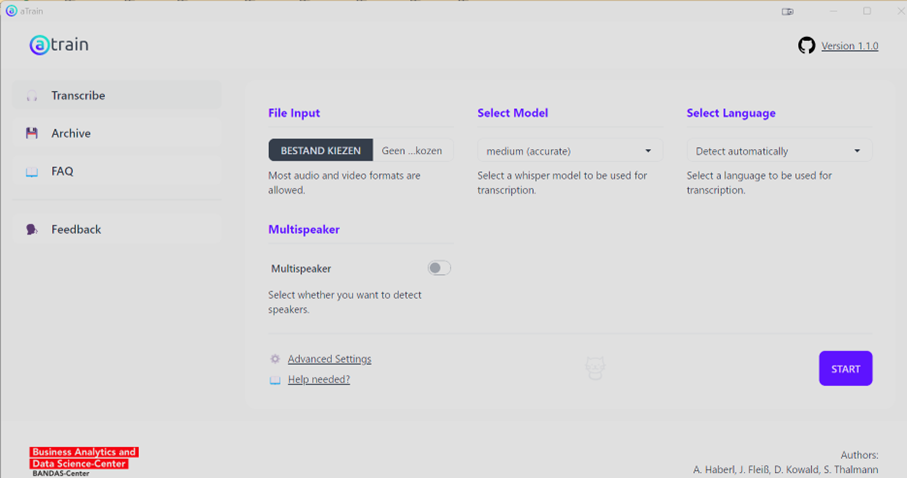
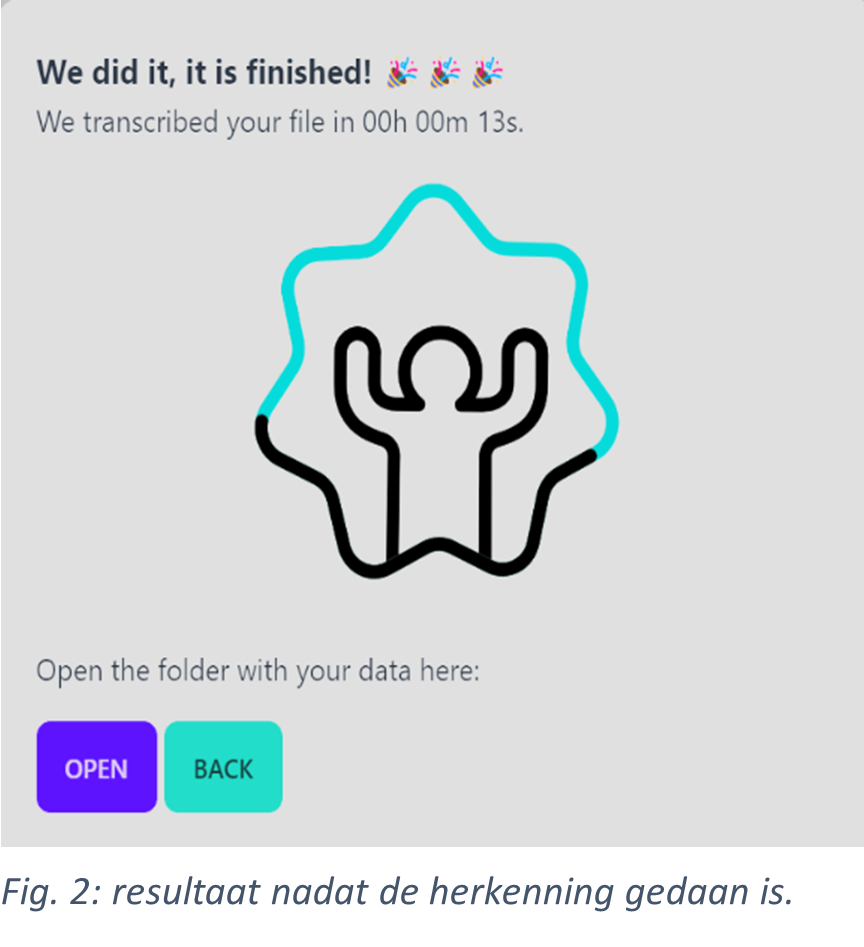
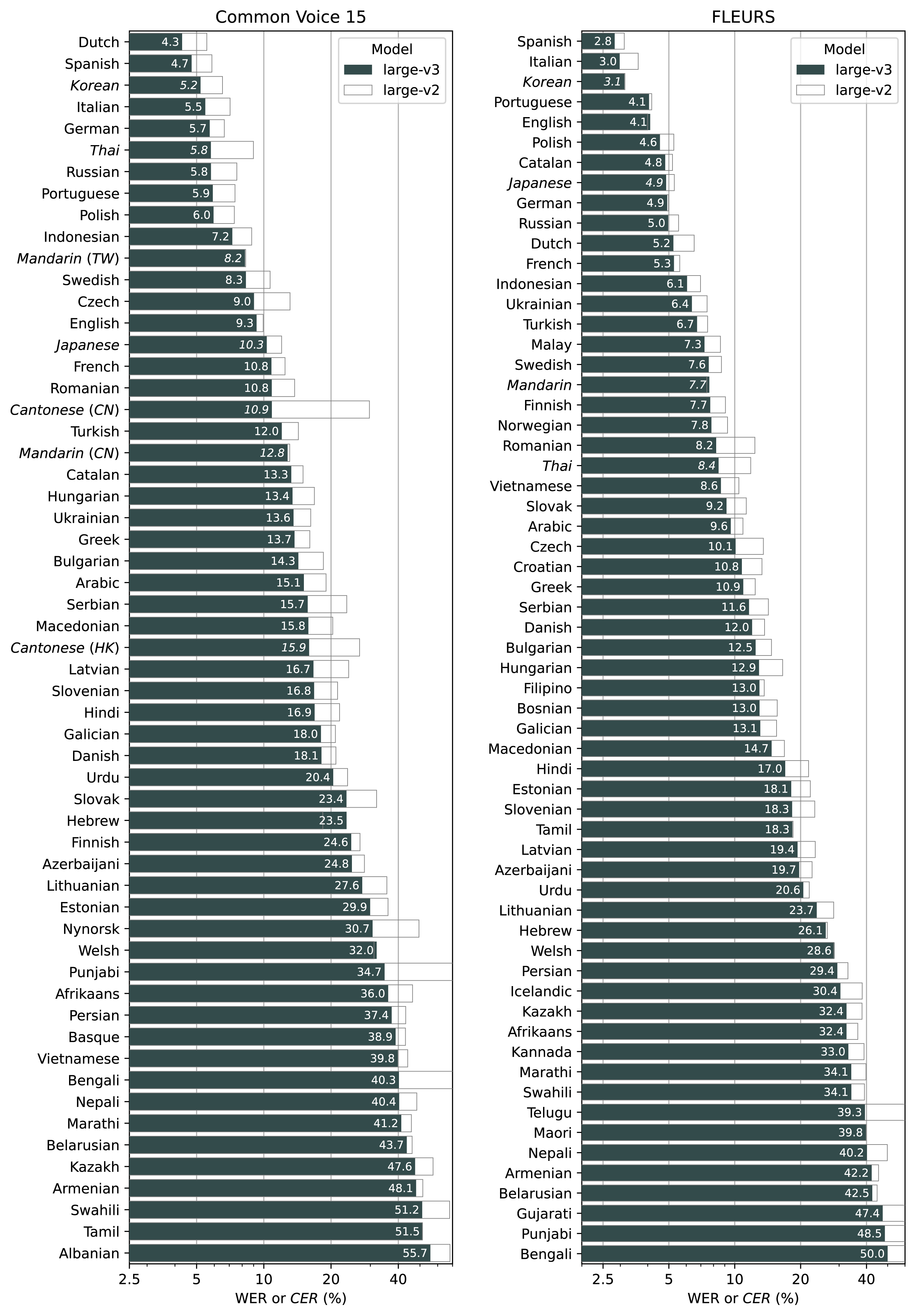
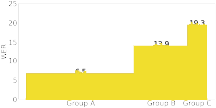 The applications of automatic speech recognition (ASR) systems are proliferating, in part due to re-cent significant quality improvements. However, as recent work indicates, even state-of-the-art speech recognition systems – some which deliver impressive benchmark results, struggle to generalize across use cases.
The applications of automatic speech recognition (ASR) systems are proliferating, in part due to re-cent significant quality improvements. However, as recent work indicates, even state-of-the-art speech recognition systems – some which deliver impressive benchmark results, struggle to generalize across use cases. 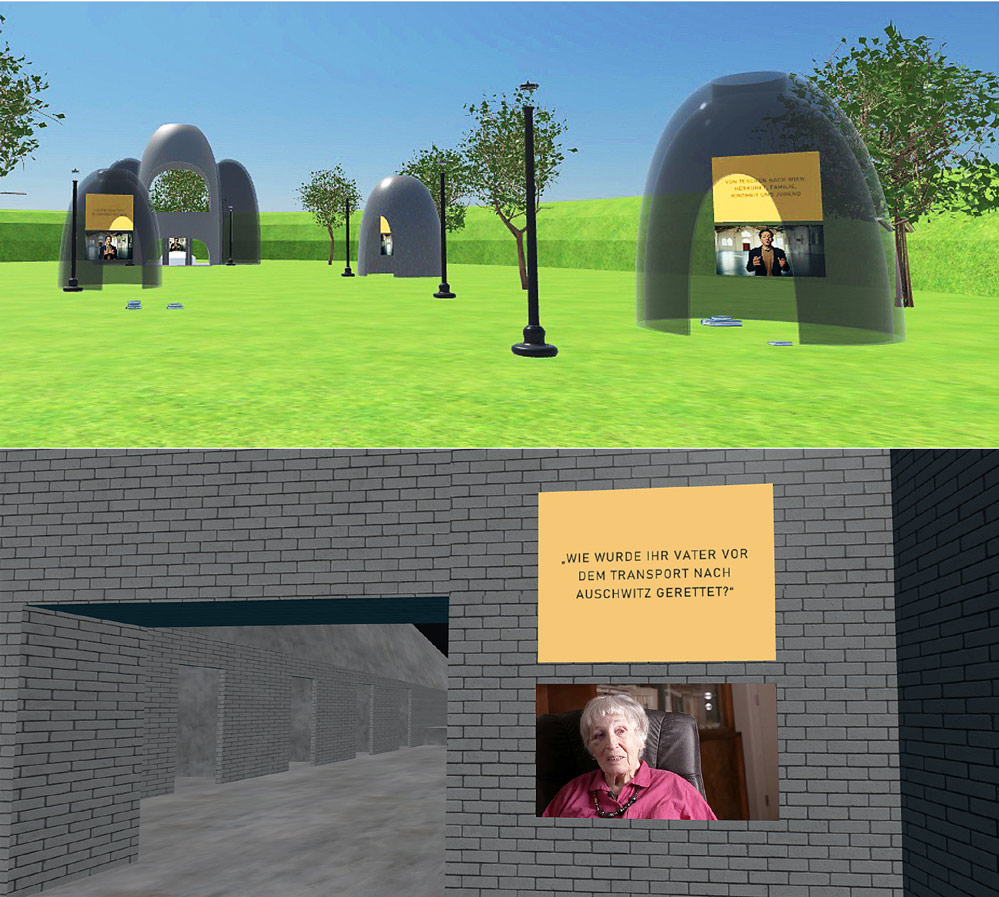
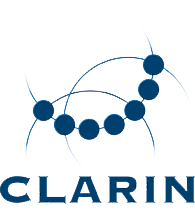
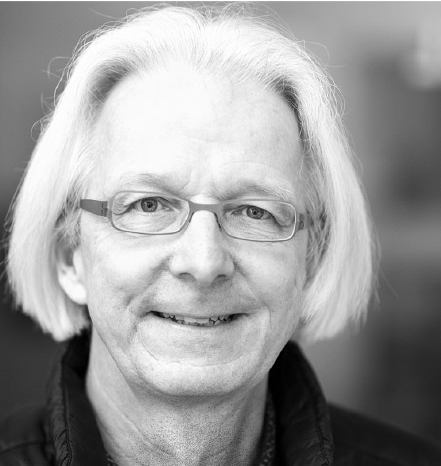
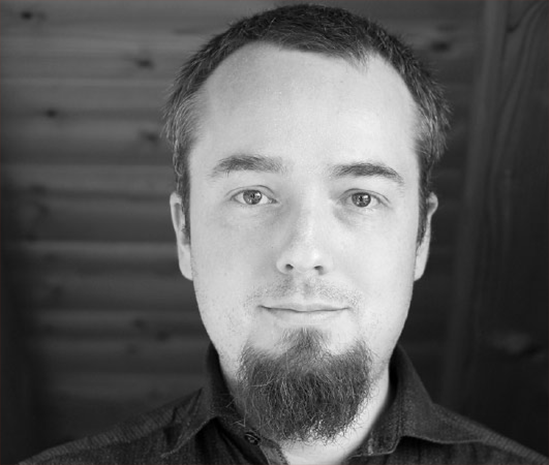
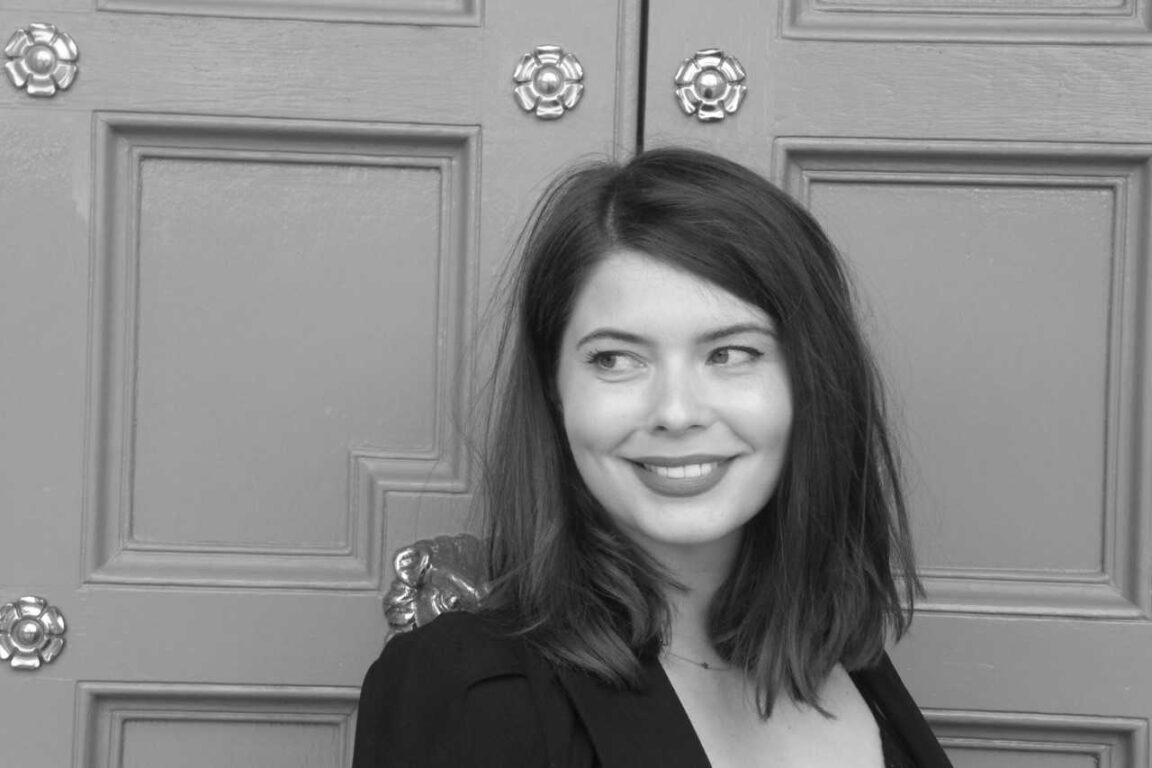 (this aricle is an automatic translation of the
(this aricle is an automatic translation of the